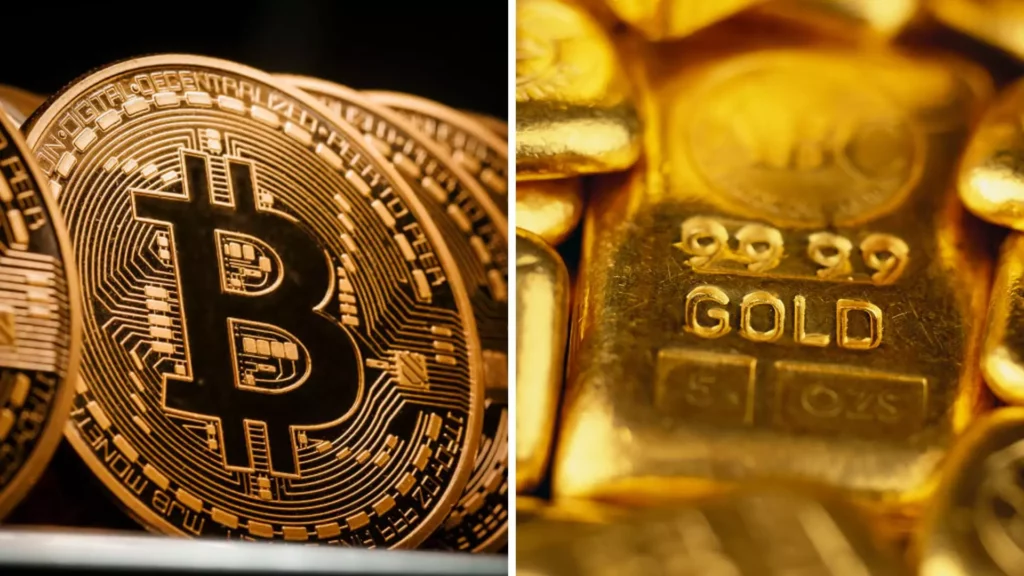As the cryptocurrency market experiences yet another upward surge, many investors are feeling an unearned sense of security. This environment is marked by the euphoria surrounding Bitcoin’s latest milestones, which some are interpreting as a definitive endorsement of digital assets. However, industry experts, like George Milling-Stanley from State Street Global Advisors, caution against this fleeting optimism. He argues that Bitcoin, despite its appeal, lacks the same level of stability and safety that gold provides.
The Comparative Value of Assets
Milling-Stanley, who is known as the chief gold strategist for the world’s largest physically backed gold exchange-traded fund (ETF), the SPDR Gold Shares ETF (GLD), points out the stark differences in returns and risk profiles between Bitcoin and gold. While Bitcoin is celebrated for its high returns, Milling-Stanley criticizes this focus on returns as superficial. “Bitcoin, pure and simple, is a return play,” he states, emphasizing that this concentration on potential gains can lead to overlooking the asset’s volatile nature. Unlike Bitcoin, gold has demonstrated consistent growth over the decades, with its price rising from around $450 an ounce two decades ago to a staggering $2,712.20 recently, illustrating its historical resilience and reliability.
One of the most notable critiques from Milling-Stanley stems from the characterization of Bitcoin mining. He suggests that the terminology itself is misleading. “They called it mining because they wanted to seem like gold,” he argues. This label may imbue Bitcoin with an allure that it does not intrinsically possess; unlike gold, which requires physical extraction and possesses inherent value due to its scarcity and industrial uses, Bitcoin is produced through digital processes that lack tangible worth. This perceived manipulation plays into a larger narrative about the risks of investing in cryptocurrencies, which may mislead individuals who are more accustomed to traditional asset classes.
While security is a significant consideration, Milling-Stanley remains realistic about gold’s future trajectory. Even as he acknowledges the vibrant performance of gold recently—its best week since March 2023—his perspective is cautious. He recognizes the unpredictability inherent to both gold and cryptocurrencies alike, quipping, “I have no idea what’s going to happen over the next 20 years except it’s going to be a fun ride.” This statement subtly underscores the unpredictability of both assets, yet it reinforces gold’s position as a time-tested store of value through fluctuations.
The current rally in the cryptocurrency market may foster false confidence among investors. George Milling-Stanley’s insights serve as a reminder that while Bitcoin may generate substantial returns, it does not offer the stability that gold represents. As digital assets continue to captivate the imaginations of investors, it is critical to discern the inherent risks they carry. Gold has stood the test of time, serving as a reliable hedge against uncertainties, and it is vital for investors to weigh the long-term implications of their portfolios anchored in more volatile cryptocurrency markets.

